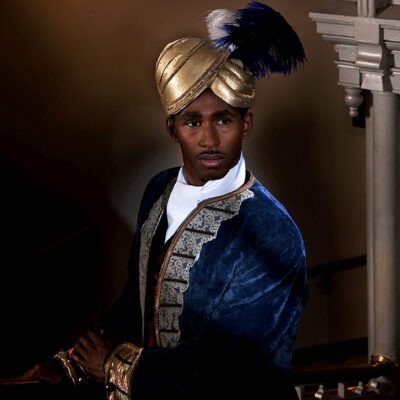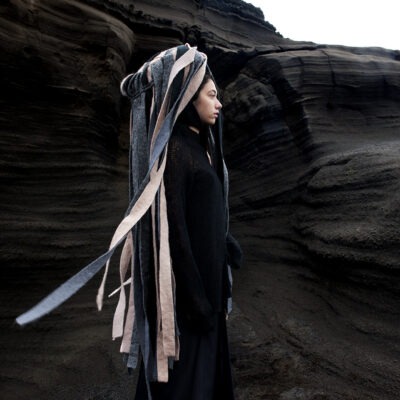
ABOUT DUTCH MASTERS REVISITED
During the 17th century, Amsterdam was home to people from all over the world. Some of them arrived with merchants, sometimes Jews from Spain and Portugal, as servants or enslaved people. Others came to the city to trade or maintain diplomatic relations. Amsterdam offered a new home to both the international elite and seafarers alike. It’s been overlooked for a long time, but people of color left their mark on the city and were a visible part of daily life: they were to be seen on the streets, in the courts of justice and in the upper echelons of society. In paintings of that period, they were depicted as ancillary, often anonymous, figures. But those artworks didn’t reflect real life.
The Dutch Masters Revisited exhibition is giving some of the many people of color a face. Curator Jörgen Tjon A Fong went in search of 17th and 18th-century Dutch people of color and asked contemporary Dutch well-known personalities to pose as historical figures. Photographers Ahmet Polat, Humberto Tan, Milette Raats, and Stacii Samidin portrayed in their own style, inspired by Rembrandt and his contemporaries, as today’s Dutch masters.
This Dutch Masters Revisited became part of the exhibition The Portrait Gallery of the 17th Century in 2019: Thirty large seventeenth-century group portraits from the Amsterdam Collection (supplied by Amsterdam Museum and Rijksmuseum) that were on display at Hermitage Museum Amsterdam. The exhibition sparked an international debate about the use of the expression The Golden Age. That term was used to describe the period in the 17th and 18th century in which Holland was economically successful through overseas trade and colonization. The Amsterdam Museum decided not to use the term anymore, which led to international headlines in several news outlets, including The New York Times.








